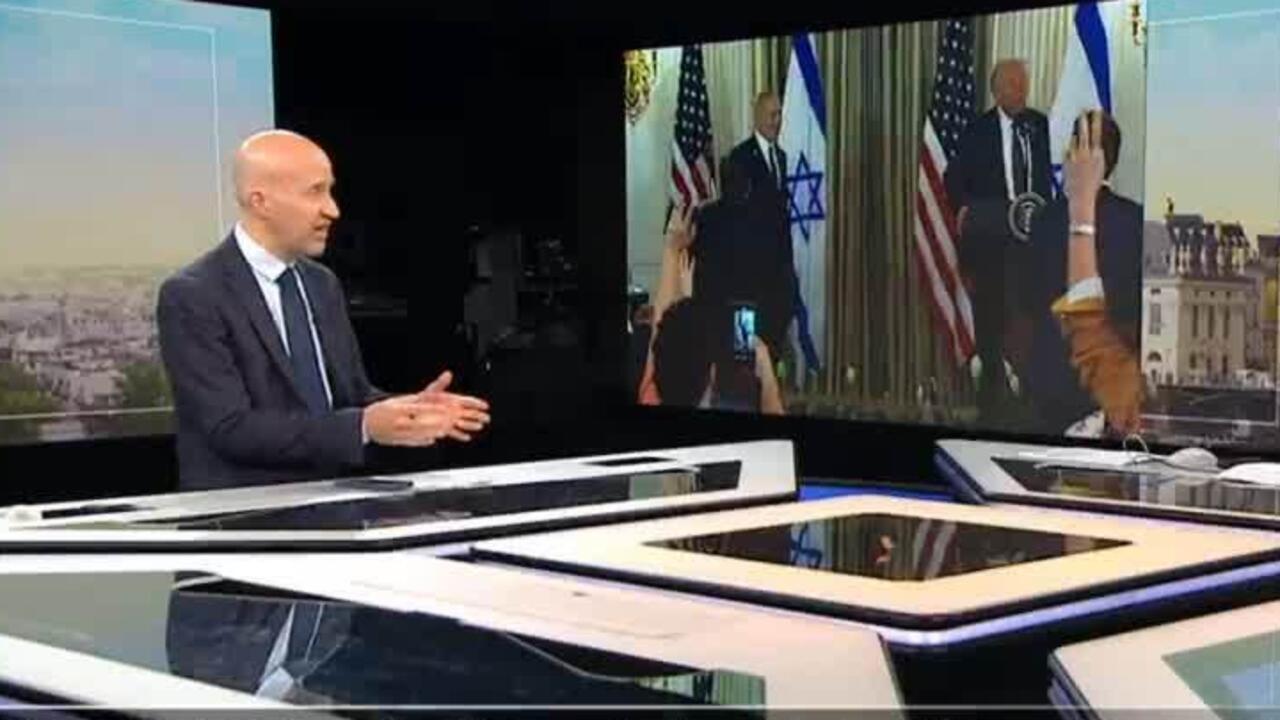Trump Unveils 20-Point Plan to End Gaza War: Key Details and Reactions
On Monday, President Donald Trump, alongside Israeli Prime Minister Benjamin Netanyahu, announced a 20-point plan aimed at ending the ongoing conflict in the Gaza Strip. The proposal, unveiled at the White House, calls for an immediate ceasefire, the release of hostages, and the demilitarization of Gaza. While Netanyahu expressed support, the response from Hamas remains uncertain.
Key Elements of the 20-Point Plan
The plan outlines several crucial steps towards de-escalation and long-term stability in Gaza. It centers on a ceasefire contingent on both parties' acceptance. A key aspect is the exchange of hostages held by Hamas for Palestinian prisoners held by Israel.
- Hostage Release: Requires the immediate release of all living and deceased Israeli hostages within 72 hours.
- Prisoner Exchange: Involves Israel releasing 250 prisoners serving life sentences and 1,700 Gazans detained after October 7, 2023.
- Demilitarization: Calls for the complete disarmament of Hamas and the destruction of its military infrastructure.
- Transitional Governance: Proposes a temporary technocratic Palestinian committee to govern Gaza, overseen by a "Board of Peace" chaired by President Trump.
- Economic Development: Includes a Trump economic plan to rebuild Gaza, potentially establishing a special economic zone.
The Hostage Release and Prisoner Exchange
A central tenet of the Trump plan focuses on the exchange of prisoners and hostages. The plan mandates that once all hostages are released, Israel will release a significant number of Palestinian prisoners. The ratio is further defined by an exchange of deceased Gazan remains for deceased Israeli remains at a rate of 15 to 1.
"Once all hostages have been released, Israel will release 250 prisoners serving life sentences plus 1,700 Gazans detained after October 7. For every Israeli hostage whose remains are released, Israel will release the remains of 15 deceased Gazans,"
Governance and Security Arrangements
The plan envisions a transition to a new governance model in Gaza. The intention is to create a "deradicalized terror-free zone" overseen by a newly formed governing body. This "Board of Peace," led by President Trump, would supervise Gaza's redevelopment until the Palestinian Authority is deemed ready to assume control.
The security aspect involves the creation of an International Stabilization Force (ISF) to be deployed in Gaza. This force will train Palestinian police and work with Israel and Egypt to secure border areas, preventing the entry of weapons. The IDF will gradually withdraw as the ISF establishes stability, except for a "security perimeter presence" until Gaza is deemed secure.
Reactions and Future Implications
Netanyahu voiced his support for the plan, stating it "achieves our war aims." He emphasized the importance of dismantling Hamas's military capabilities and ensuring Gaza never again poses a threat to Israel. Trump expressed optimism that Hamas would accept the terms but warned that Israel has his "full backing to do what you have to do" if the group rejects the proposal. The Palestinian Authority welcomed the announcement and pledged to undertake necessary reforms.
Despite the optimism, the absence of Hamas's direct involvement raises questions about the plan's feasibility. A senior Hamas official stated that the proposal had not reached them and suggested its terms aligned with the Israeli vision. The plan's success hinges on Hamas's willingness to accept its terms, which include disarmament and non-participation in Gaza's governance. The road to peace remains uncertain, but the Trump plan represents a significant effort to de-escalate the conflict and establish a path towards a more stable future for Gaza.
The Economic Component and Humanitarian Aid
A significant part of Trump's peace plan revolves around the economic revitalization of Gaza. This includes creating a special economic zone with favorable tariff rates and attracting international investments. Additionally, the plan prioritizes humanitarian aid, ensuring unimpeded access for aid organizations to provide essential services, infrastructure rehabilitation, and rubble removal.
Analysing Israeli Military Control of Gaza
The White House published a map showing potential lines of Israeli troop withdrawal under the proposed peace plan. The initial withdrawal would reportedly leave about 55% of Gaza occupied by Israeli forces, followed by subsequent withdrawals leaving 40% and then 15% occupied.
The plan specifies a "security perimeter presence" that would remain until Gaza is "properly secure from any resurgent terror threat," with no clear indicator as to how or when that condition will be determined.
Statements and Reactions
Various figures have offered their reactions to the proposed plan. While Netanyahu has expressed support, others have offered more cautious assessments. Some analysts have noted the lack of detail regarding who would provide the proposed International Stabilisation Force (ISF) and the potential for the plan to unravel without a credible security force.
Tuğçe Varol, an academic working on Russian and Turkish foreign policy, on X: "If Trump is to be the head of the newly established transitional administration in Gaza, it means Gaza is becoming a mandate of the USA. Blair is the Mandate Governor."
| Aspect | Details |
|---|---|
| Immediate Action | Ceasefire, Hostage Release within 72 Hours |
| Governance | Transitional Palestinian Committee, Board of Peace led by Trump |
| Security | Demilitarization of Gaza, International Stabilization Force (ISF) |
| Economic | Economic Zone, International Aid |
 Visit the website
Visit the website






